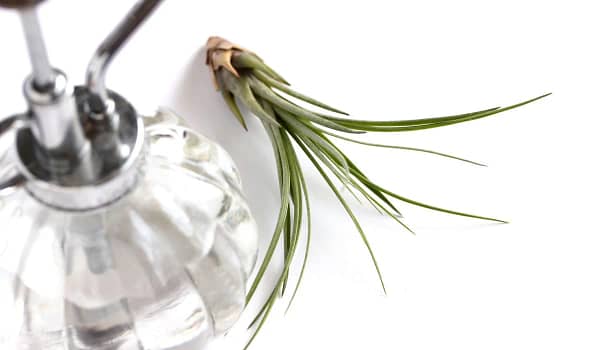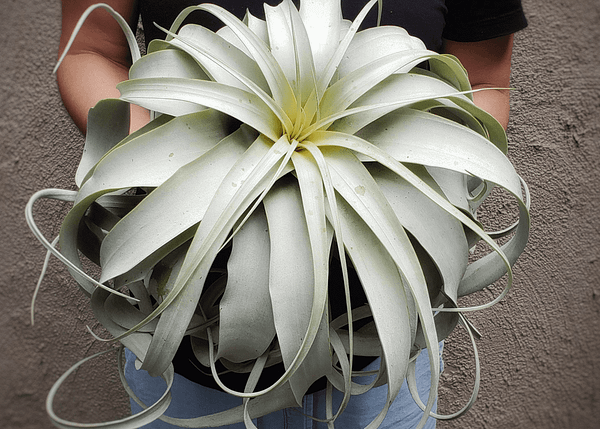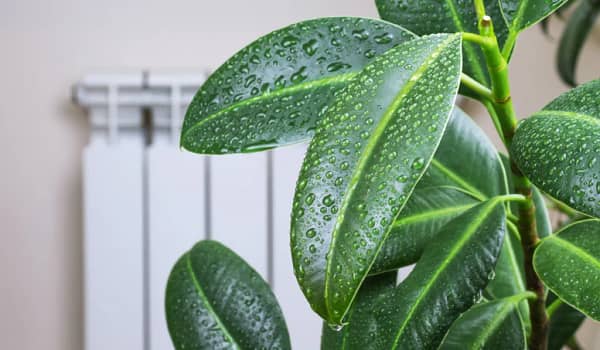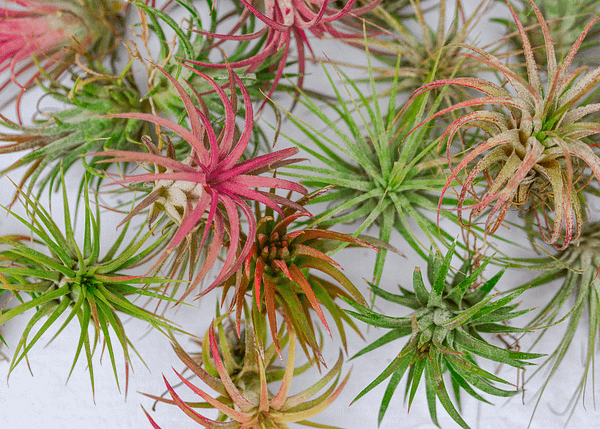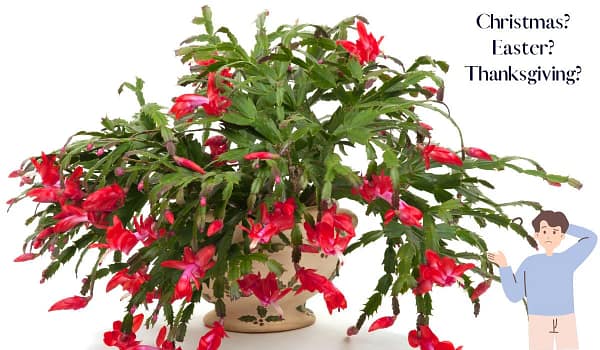10 Easy to Care for Air Plants

Air Plants are beautiful, interesting, and some of the most fun plants to care for. They are versatile and can make some really cool decor.
However, the more I talk to people about the foreign Tillandsia, the more I understand how intimidating this air-born plant can be.
That’s why I compiled a list of 10 Air Plants that are easy to care for, and even the most novice of Plant Parents can help these babies thrive before moving on to some tougher ones.

1. Xerographica
The Xerographica is native to arid regions of Central and South America like Mexico, El Salvador, and Guatemala.
Because of this, they are drought tolerant and easy to read, meaning you can determine the kind of care a plant is receiving/needs just by looking at it.
Besides being a really hardy Air Plant, Xeros are also easy to read. An easy-to-read plant is easier to care for because you can tell when something is wrong just by looking at it.
When a Xero is dry it curls up and the tips of its leaves turn brown. When it is really hydrated its leaves straighten out and perch up.
When it’s getting a lot of light it blushes pink, when it’s in low light they are a silvery green. These clues make it a great Tillandsia for beginners.
Learn how to care for Xerographicas here.
Find a Xerographica here.
2. Tectorum Ecuador
Tectorum Ecuador is native to the mountainous regions of Ecuador and Peru. It naturally grows on top of rocks and gets its hydration from the humidity and clouds.
What makes Tectorums easy to care for is that they have very prominent Trichomes. Trichomes are the little white hairs that absorb water on the leaves of an Air Plant.
The more prominent the Trichomes, the easier it is to water a Tillandsia, and in the case of the Tectorum, you can just mist it.
Learn how to care for Tectorums here
Find a Tectorum to purchase here.
Find a Tectorum Hybrid here.


3. Ionantha
Ionanthas are native to Central and South America, Mexico, and the Southern United States.
They are an Air Plant with fairly prominent Trichomes and are considered drought tolerant.
A drought-tolerant plant doesn’t need as much water as other plants. The Ionantha can thrive just on misting depending on your area’s humidity level.
If it needs hydration you can also give it a dunk in a bowl of water once a week.
Ionanthas are a fairly inexpensive Air Plant so if you aren’t ready to invest in a rarer plant yet, they are a great place to start!
Find Ionantha Guatemala here.
Find Ionantha Albino here.
4. Streptophylla
The Tillandsia Streptophylla is an easy-to-care-for Air Plant native to the West Indies, Central America, and Mexico.
This Air Plant behaves similarly to the Xerographica. Its curly leaves a demonstrative of how much it is being watered.
It is a drought-tolerant plant that doesn’t need as much water as some other breeds.
If it has been really hydrated the leaves will straighten out and perch up, if it is dryer they will curl underneath.
If it is TOO dry, the tips of the leaves will start to brown, that’s when you know you need to water it more often.
Find a Streptophylla here.


5. Duratii
Tillandsia Duratii is native to the Great Chaco region: Argentina, Bolivia, Paraguay, Brazil, and Uruguay.
It is an extremely hardy Air Plant with thick, heavy leaves.
Unlike most Tillandsia, the Duratii uses its leaves, instead of roots, to recurve and attach itself to trees.
This plant can be misted or dunked once a week, and is so versatile you can attach it to almost anything and it will begin to naturally wrap its leaves on it.
Find a Duratii here.
6. Air Plant Clumps
Air Plant Clumps are a great place for beginners to start!
Clumps of Air Plants are what happens after an Air Plant grows a pup and you don’t remove the pup from the Mom.
Eventually, the plant will be overgrown with pups and it turns into a Clump.
Clumps are easy to care for because the individual plants are hardier and they feed off of each other.
Find an Ehlersiana Air Plant Clump here.
Find an Ionantha Clump here.
Find a Funckiana Clump here.
If you have a Clump, but don’t know how to hang it, reference the video below.


7. Harrisii
Tillandsia Harrisii grows in Central and South America, Southern United States, and Mexico, but is native to Guatemala.
Harrisiis are easy to care for because they are hardy Air Plants that have obvious signs of dryness.
When the plant is dry, the leaves will fold in on the sides, and as it is hydrating they will straighten back out.
You can also soak a Harrisii for a long time without damaging the plant (2-8 hours).
Find a Harrisii here.
8. Capitata
There are a number of different Capitata species (Yellow, Rubra, Select, Mauve, Carnival, etc…) typically named for the color of their blush.
They grow in a symmetrical rosette and are native to Mexico, Cuba, Dominican Republic, and Honduras.
Capitatas can grow quite large and are very reasonably priced for the less rare species.
They are extremely hardy and tolerant Air Plants. Soak once a week for thirty minutes and give these beauties bright indirect light and they are good to go!
Find a Capitata Rubra here.
Find a Capitata Carnival here.
Find a Capitata Red here and Red Giant here.
Find a Capitata Mauve here.


9. Fuchsii v. Gracillis
The Fuchsii v. Gracillis is native to Jamaica and Cuba. They grow in a sphere shape with a gum ball like base and long stranded leaves.
If the leaves get dry and brown at the tips they are easy to trim.
The Fuchsii is a drought tolerant Air Plant that can thrive just on misting 2 – 3 times a week.
You can also soak it once a week for 10 – 30 minutes depending on your natural humidity.
Find a Fuchsii here.
10. Kolbii
The Tillandsia Kolbii is native to Chiapas, Oaxaca, and Guatemala. It has very prominent Trichomes and is cared for much like an Ionantha.
This is a drought tolerant Air Plant that can thrive on misting but I find it easier to give it a good dip once a week.
Find a Kolbii here.






